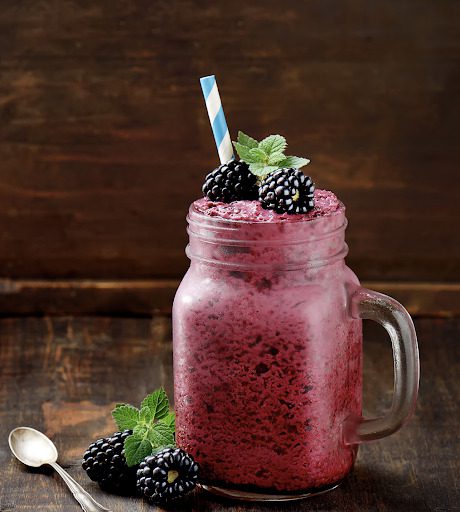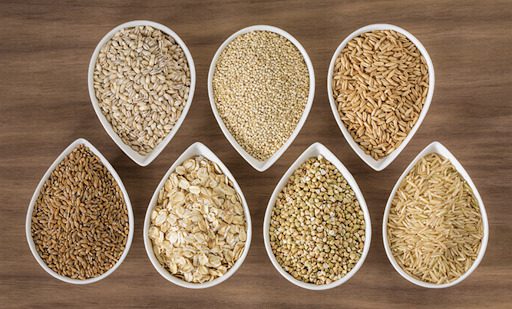Did you know that fiber is the part of plants that our bodies can’t digest? If so, why should you consume more fiber? How much is enough? Should you be eating more? Do some people need to increase their intake even more?
It’s mainly because it helps our body to stay regular and manage weight. Like most office workers, your diet may be low in fiber. Lucky you! This guide will answer all your questions about fiber and hopefully give you some ideas to improve your diet.
What does fiber do?
Fiber is an essential nutrient that helps keep you regular, lowers your risk for heart disease and diabetes, and helps you feel full. But it’s not just about what fiber does — it’s also about what fiber does not do.
The many benefits of fiber are due to its unique chemical structure, which includes a long chain of sugar molecules that the human body cannot digest. When you eat fiber-rich foods, your digestive system breaks down the fiber into smaller particles (called “prebiotic” carbohydrates) that feed good bacteria in your gut. These good bacteria feast on these prebiotics and produce substances called short-chain fatty acids (SCFAs), which can have many positive health effects.
Fiber also slows digestion and helps us feel full after eating, which can help prevent overeating and obesity. It also increases the volume and softness of stool. It decreases gastric emptying, intestinal transit time, and intestinal pressure.
Types of Fiber
Soluble Fiber
Soluble fiber transforms into a gel-like material after dissolving in water. It is beneficial for lowering sugar for diabetics since it can drop blood glucose and cholesterol levels. Also, this fiber promotes weight loss.
Insoluble Fiber
Insoluble fiber does not dissolve in water but rather absorbs it like a sponge, so it can add bulk to your stool and help prevent constipation. Both types of fiber are good for you because they promote regular bowel movements and keep your digestive system running smoothly.
Sources of Fiber
Fiber-rich foods include:
Fruits
Fruits are loaded with fiber. The fiber content of fruits varies by type and its ripeness. Fresh, frozen, or canned fruits are all good sources of fiber. When choosing fresh fruits, select those in season for maximum flavor and nutritional value. The best way to get more fiber from fruits is to eat them whole or drink freshly-made fruit smoothies.
Some examples include:
- Apples
- Pears
- Bananas
- Avocados
- Berries
- Oranges
- Plums
Vegetables
Vegetables are good sources of fiber because they contain both insoluble and soluble fibers. Dark leafy greens like spinach and broccoli contain more fiber than most other vegetables.
Other good choices include:
- Artichokes
- Carrots
- Sweet Potatoes
- Beets
- Broccoli
- Brussels Sprouts
- Corn
- Green Peas
- Mushrooms
- Onions
Legumes
Legumes are the edible seeds of plants in the family Fabaceae. Legumes are grown in many parts of the world for their edible beans and foliage. Legumes provide about 15 grams of fiber per 1/2 cup cooked, which is about the same amount as oats or brown rice. Beans and peas are high in both soluble and insoluble fiber.
Examples include:
- Black Beans
- Kidney Beans
- Pinto Beans
- Split Peas
- Lentils
- Navy Beans
- Soybeans
- Lima Beans
Grains (including whole grains)
Grains are the edible seeds of various grasses, all of which are in the family Poaceae. They are grown in many parts of the world and constitute a significant portion of the human diet. They can be eaten whole or used as ingredients in processed foods. Since they contain two copies of each chromosome (hence diploid), grains are described as “diploid” in contrast to other types of seeds, which have single-copy (haploid) chromosomes.
Whole grains contain more insoluble fiber than refined grains. Whole grain cereals are a good choice, too; look for those with 4 grams or more fiber per serving on their Nutrition Facts label.
Good sources include:
- Brown Rice
- Bulgur Wheat
- Oatmeal
- Pasta
- Quinoa
- Bread
Nuts
Nuts are tree seeds. They are high in protein, fiber, vitamins, and minerals. They are a great snack option because they’re filling and can help you lose weight by making you feel full longer. The fat in nuts is mostly monounsaturated, which is good for your heart. However, some nuts also contain cholesterol and trans fats, so you should limit your intake to one serving per day if you have high cholesterol or heart disease risk factors.
Examples include:
- Almonds
- Cashews
- Peanuts (not peanut butter)
- Walnuts
- Pistachios
Seeds
Seeds are the small, hard parts of fruits such as berries and nuts. They contain a plant’s embryo, which can grow into a new plant if planted in soil. Most seeds come from plants that produce fruits with seed-bearing structures (such as apples or oranges), but some are produced by flowers that lack fruits (such as lilies).
They are often very nutritious but contain chemicals that help them grow into plants. These chemicals can cause allergic reactions in some people. They are a good source of fiber because they contain insoluble fiber like cellulose and lignin.
Examples are:
- Chia Seeds
- Flax seeds
- Pepitas (pumpkin seeds)
- Hemp seeds
Also read about Weight Gain Protein Bars: What Are The Benefits And What We Think You Should Buy
Takeaway
We often take dietary fiber for granted without knowing the many health benefits it can offer. It keeps the digestive system healthy, helps blunt the rise in blood sugar levels that comes with consuming carbohydrates, and can keep you fuller for longer. Most people are already getting more fiber than they realize, but you can always add more to your diet by incorporating all the following sources into your daily routine. A few of them might take some getting used to, but the benefits are worth it!
Whether you’re looking to achieve good bowel health or simply want to improve your diet, these fiber-rich foods provide more than just deliciousness—they help meet daily fiber recommendations.


































